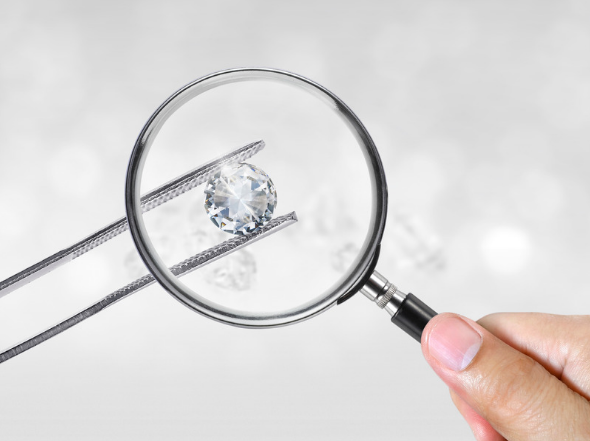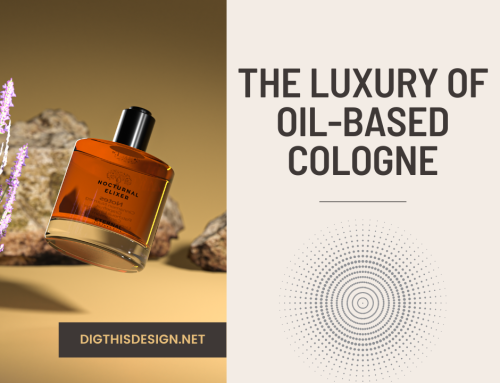For newcomers to the concept of man-made gems (man-made jewels), the concept can seem baffling. How can something like a diamond, which forms over millions of years beneath our feet, be produced in a lab? It sounds like sci-fi, but it’s actually a very real breakthrough that is rewriting the script of what consumers look for in the jewelry they buy.
So if that has grabbed your attention, keep reading to discover all about lab-grown diamonds as we explore more sustainable origins and innovative technology, and debunk common myths.
Exploring the World of Lab-Grown Diamonds

There’s a fascinating world of lab-grown diamonds out there, and it’s one which is growing all the time thanks to innovations and boundary-pushing technologies being introduced.
These dazzling jewels have captured the hearts of many due to their unique origin and eco-friendly properties. This is significant at a point in history where more consumers than ever are eager to be conscientious in the buying decisions that they make, while still trying to avoid any compromises in terms of quality.
A prime example is VRAI created diamonds, which showcase how scientific innovation can revolutionize an industry and produce flawless, brilliant gems without involving any type of mining.
Lab-grown diamonds are nurtured from a tiny carbon seed before they ultimately transform into stunning accents that can be used in various accessories such as rings, necklaces, and earrings. We’ll discuss the specifics in more detail later, but the basic idea is that by utilizing modern technology and methods like Chemical Vapor Deposition (CVD) or High-Pressure High-Temperature (HPHT), these eye-catching sparkles offer earth-conscious consumers an alluring alternative worth considering.
As we journey through this inside look at how man-made gems are created, prepare yourself for a deep-dive into revolutionary advancements that may change your perspective on what makes a truly remarkable diamond.
The Science Behind Eco-Friendly Diamonds
Unlocking the secret to creating lab-grown diamonds involves understanding the key scientific processes that facilitate their growth:
- Carbon Seeding: A small carbon seed serves as the foundation for deposition.
- Chemical Vapor Deposition (CVD): In this process, a mixture of gasses gets heated within a chamber, causing carbon atoms to be deposited onto the seed and eventually form layers. Over time, these layers accumulate into the diamond’s crystalline structures.
- High-Pressure High-Temperature (HPHT): This method mimics nature’s way of producing diamonds by subjecting carbon materials to extreme temperatures and pressure that will bond and solidify them together. The accumulated high-pressure environment ultimately transforms raw materials into diamond crystals.
These advanced processes grant us access to beautiful eco-friendly alternatives while minimizing the environmental harm associated with conventional mining practices.
The Importance of Efficiency
Another point worth delving into when discussing lab-grown diamonds is that VRAI uses a net zero-emissions foundry to produce man-made diamonds over the course of several weeks means that customers can make a purchase with an even clearer conscience.
We all need to do our bit to prevent unnecessary harmful emissions from entering the atmosphere, and now with the help of lab-grown diamonds, this can be done while still securing head-turning jewelry at a compelling price point.
How Green Technologies Influence Diamond Creation
We’ve already talked briefly about how a few of the innovations in the field of green technologies are significantly shaping our ability to create eco-friendly diamonds. Here’s a closer look at some of these advances:
- Renewable Energy: Utilizing solar, wind, or hydroelectric power sources during lab-grown diamond creation allows for reduced carbon emissions and a lower environmental footprint.
- Water Recycling Systems: Closed-loop water recycling mechanisms enable efficient water usage throughout the manufacturing process by purifying and reusing existing supplies, thus conserving precious resources.
- Waste Management Initiatives: Taking responsible steps toward proper disposal or repurposing of waste materials ensures minimal impact on surrounding ecosystems.
We’re even seeing the use of recycled precious metals in the production of jewelry made with lab-grown diamonds. This means that it’s not just the gems, but also the rest of the materials which are planet-positive. So whether you’ve got a simple style or an edgier look to your wardrobe, there are man-made gems set in materials that can match it.
Technology continues to evolve rapidly every year, so we can anticipate even greener methods emerging within diamond creation processes. These advancements demonstrate how industries are striving towards preserving our planet while offering consumers an exquisite choice that aligns with their values.
Debunking Myths About Lab-Created Diamonds
As lab-grown diamonds gain popularity, it’s important to clear up some misconceptions surrounding these gems:
Quality Difference
Lab-grown diamonds exhibit identical physical and chemical properties as mined counterparts. This means they are indistinguishable and can deliver exactly the same sparkle and brilliance as a result.
Value Retention
Some wrongly believe that lab-created alternatives won’t retain value over time. In reality, all jewelry, including pieces featuring mined diamonds, can experience shifts in value due to factors like fashion trends or general economic fluctuations. And of course, you get more bang for your buck with lab-grown gems in the first place, so you can purchase higher-carat jewels without going over budget.
It’s never wise to think of jewelry as an investment, as you’ll be better off building a property empire if you’re looking for good returns over time.
Lesser Appeal
Some argue that their appeal is diminished because they have not been mined. This perspective disregards how scientific advancements contribute to an exquisite alternative striving for a reduced environmental impact without compromising beauty.
With the passage of time, consumers are shifting away from mined diamonds because of the aforementioned issues with their origins, and so it’s likely that man-made equivalents will actually be more appealing for shoppers with specific values.
Dispelling these myths empowers consumers with knowledge about lab-grown diamond benefits and helps them make informed decisions when selecting beautiful and responsible jewelry options.
Final Thoughts
As technology continues to advance, lab-grown diamonds are making their mark as a choice that’s kinder to the environment without sacrificing any of the aesthetics associated with mined gems.
Now’s the time to embrace the future of jewelry with these dazzling pieces and keep an eye out for even more innovative ways they’ll make a positive impact.
Other posts you might enjoy:
Are Diamonds Really a Girl’s Best Friend?





